A Functional Data Classification Model Utilizing Functional Mahalanobis Distance and Regenerative Kernel Methods
DOI: 10.23977/jeis.2023.080613 | Downloads: 19 | Views: 1629
Author(s)
Xinyu Huang 1, Ziyang Pan 2
Affiliation(s)
1 School of Mathematics and Statistics, Northeastern University at Qinhuangdao, Qinhuangdao, 066004, China
2 School of Statistics and Mathematics, Central University of Finance and Economics, Beijing, 102206, China
Corresponding Author
Xinyu HuangABSTRACT
The classification of functional data is an important research direction in modern data mining. In this paper, we propose a similarity measurement method for functional data based on functional Mahalanobis distance and regenerative kernel theory, considering the scenario where the predictor variable is a random function and the response variable is a categorical scalar. This method is then applied to functional kernel principal component analysis. During the classification phase, classic algorithms such as support vector machines and random forests can be combined to accomplish the task of classifying functional data. In empirical analysis, compared to the regenerative kernel based on Euclidean distance and the Euclidean distance regenerative kernel based on B-spline basis functions, the proposed method achieves better classification results. Furthermore, this similarity measurement can also be utilized in other machine learning algorithms based on regenerative kernel theory, thereby developing corresponding analysis methods for functional data.
KEYWORDS
Functional Data Classification, Functional Mahalanobis distance, KPCACITE THIS PAPER
Xinyu Huang, Ziyang Pan, A Functional Data Classification Model Utilizing Functional Mahalanobis Distance and Regenerative Kernel Methods. Journal of Electronics and Information Science (2023) Vol. 8: 104-110. DOI: http://dx.doi.org/10.23977/10.23977/jeis.2023.080613.
REFERENCES
[1] Zhao Shuning. Functional support vector machines in regenerative kernel Hilbert spaces and their applications[D]. Jiangxi University of Finance and Economics,2022.
[2] Hao Sai. Research on Functional Data Classification Based on Consistency Prediction[D]. Lanzhou University, 2023.
[3] Ramsay, J. O. (1982). When the data are functions. Psychometrika, 47(4), 379–396.
[4] Pourshoghi A, Zakeri I, Pourrezaei K. Application of functional data analysis in classification and clustering of functional near-infrared spectroscopy signal in response to noxious stimuli. J Biomed Opt. 2016 Oct;21(10):101411.
[5] Jin Haibo,Ma Haiqiang. Research on algorithms for segmented extraction of functional data features[J]. Computer Application Research,2020,37(06):1765-1768.
[6] Pini, Alessia and Simone Vantini. "Interval-wise testing for functional data." Journal of Nonparametric Statistics 29 (2017): 407 - 424.
[7] Fan Guangzhe et al. "Functional data classification for temporal gene expression data with kernel-induced random forests." 2010 IEEE Symposium on Computational Intelligence in Bioinformatics and Computational Biology (2010): 1-5.
[8] Rossi F,Villa N.Support vector machine for functional data classification[J].Neurocomput-ing,2006,69(7):730–742.
[9] Thind, Barinder et al. "Deep Learning With Functional Inputs." Journal of Computational and Graphical Statistics 32 (2020): 171 - 180.
[10] Fuchs, Karen et al. "Nearest neighbor ensembles for functional data with interpretable feature selection." Chemometrics and Intelligent Laboratory Systems 146 (2015): 186-197.
[11] F. Rossi, B. Conan-Guez and F. Fleuret, "Functional data analysis with multi layer perceptrons," Proceedings of the 2002 International Joint Conference on Neural Networks. IJCNN'02 (Cat. No.02CH37290), Honolulu, HI, USA, 2002, pp. 2843-2848 vol.3.
[12] Wenlin D, Genton M G .Directional outlyingness for multivariate functional data[J].Computational Statistics & Data Analysis, 2018:S016794731830077X-.DOI:10.1016/j.csda.2018.03.017.
[13] Vommi Amukta Malyada and Battula Tirumala Krishna. A hybrid filter-wrapper feature selection using Fuzzy KNN based on Bonferroni mean for medical datasets classification: A COVID-19 case study[J]. Expert Systems With Applications, 2023, 218.
| Downloads: | 13850 |
|---|---|
| Visits: | 586891 |
Sponsors, Associates, and Links
-
Information Systems and Signal Processing Journal
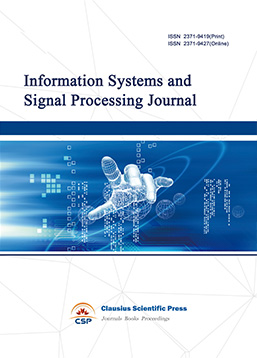
-
Intelligent Robots and Systems
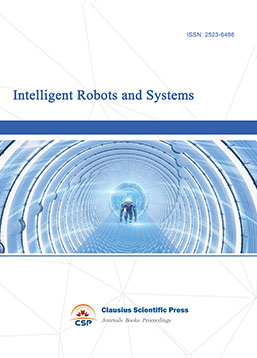
-
Journal of Image, Video and Signals
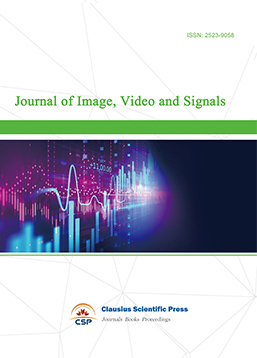
-
Transactions on Real-Time and Embedded Systems
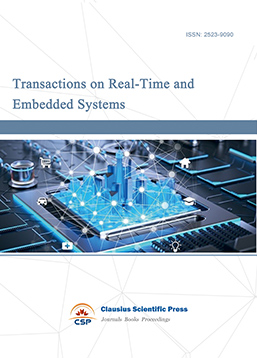
-
Journal of Electromagnetic Interference and Compatibility
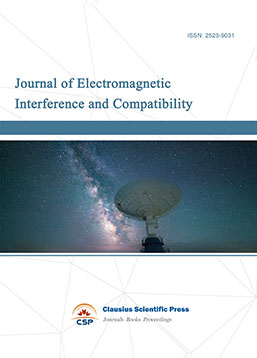
-
Acoustics, Speech and Signal Processing
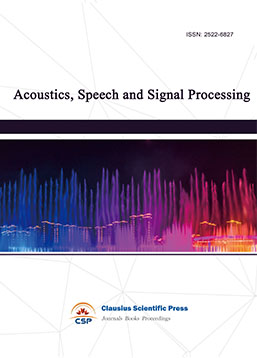
-
Journal of Power Electronics, Machines and Drives
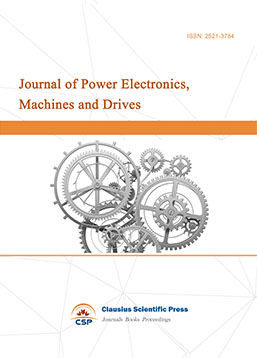
-
Journal of Electro Optics and Lasers
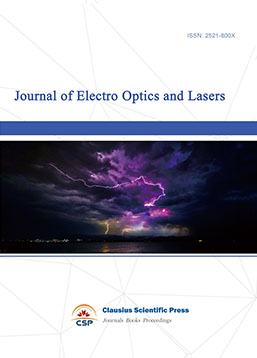
-
Journal of Integrated Circuits Design and Test
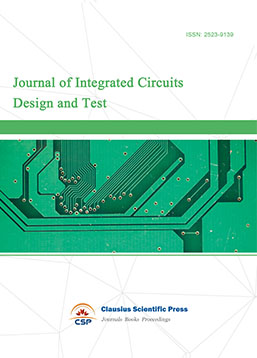
-
Journal of Ultrasonics
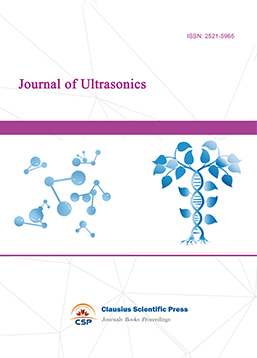
-
Antennas and Propagation
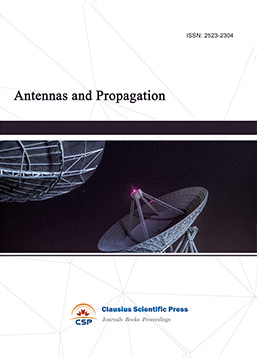
-
Optical Communications
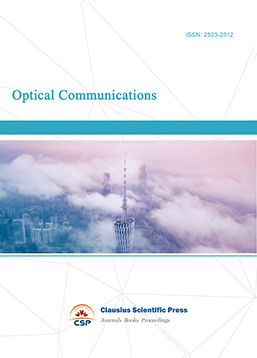
-
Solid-State Circuits and Systems-on-a-Chip
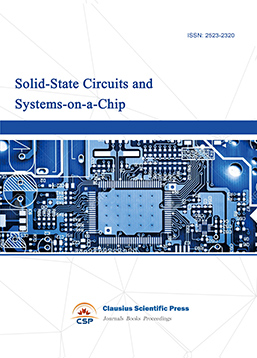
-
Field-Programmable Gate Arrays
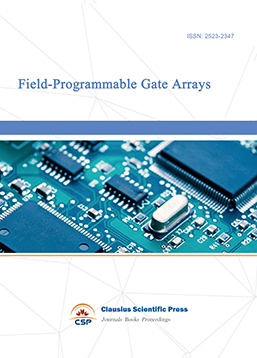
-
Vehicular Electronics and Safety

-
Optical Fiber Sensor and Communication
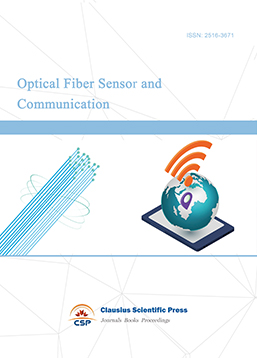
-
Journal of Low Power Electronics and Design
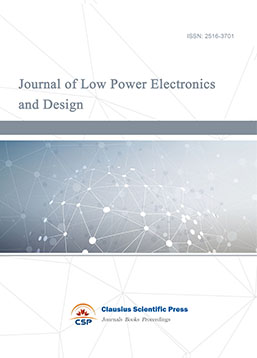
-
Infrared and Millimeter Wave
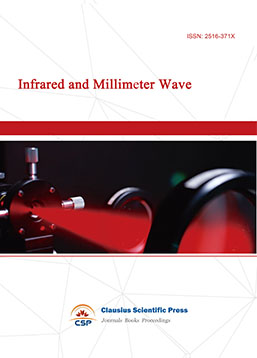
-
Detection Technology and Automation Equipment

-
Journal of Radio and Wireless
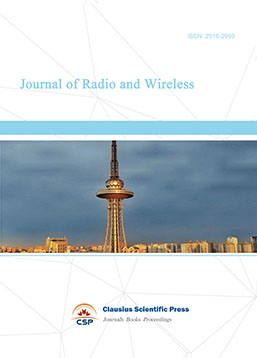
-
Journal of Microwave and Terahertz Engineering
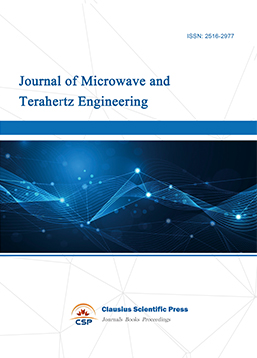
-
Journal of Communication, Control and Computing
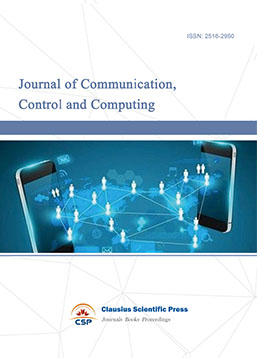
-
International Journal of Surveying and Mapping
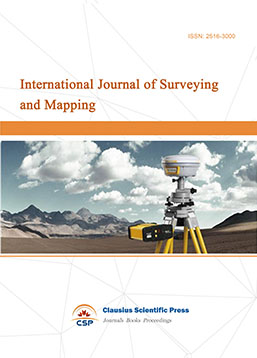
-
Information Retrieval, Systems and Services
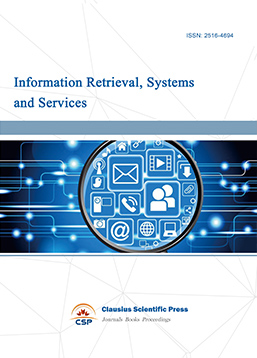
-
Journal of Biometrics, Identity and Security
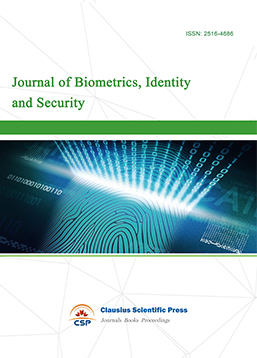
-
Journal of Avionics, Radar and Sonar
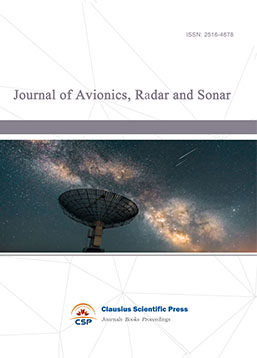

 Download as PDF
Download as PDF